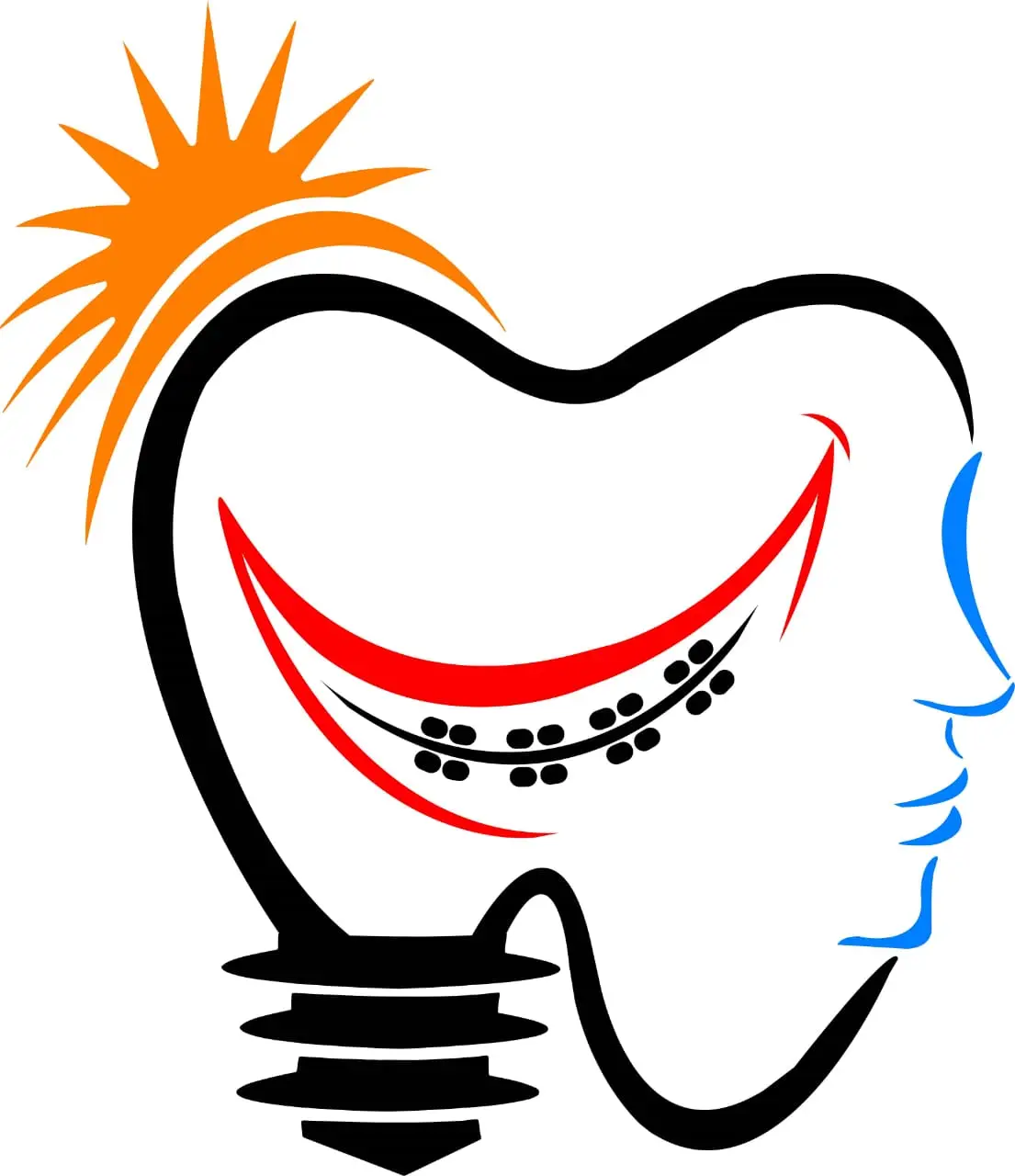Jaw Surgery for Underbite, Overbite, Crossbite, and Bad Bite
Jaw surgery, also known as orthognathic surgery, is a corrective procedure that realigns the upper and lower jaws to improve bite function, facial balance, and overall oral health. It is recommended when orthodontic treatment alone (such as braces) cannot fully correct severe bite issues (malocclusion).
Common Bite Problems Treated with Jaw Surgery
🔹 Underbite (Prognathism) – The lower jaw protrudes beyond the upper jaw, leading to difficulties in chewing, speaking, and facial imbalance.
🔹 Overbite (Deep Bite) – The upper jaw extends too far over the lower jaw, often causing excessive wear on teeth and potential jaw pain.
🔹 Crossbite – The upper and lower teeth do not align properly, leading to asymmetry, difficulty chewing, and potential jaw strain.
🔹 Open Bite – The front teeth do not touch when the mouth is closed, affecting speech and chewing.
🔹 Bad Bite (Malocclusion) – General misalignment of the jaws that affects function, comfort, and facial appearance.
Types of Jaw Surgery for Bite Correction
✅ Maxillary Osteotomy (Upper Jaw Surgery) – Moves the upper jaw forward, backward, or reshapes it to correct overbite, crossbite, or open bite.
✅ Mandibular Osteotomy (Lower Jaw Surgery) – Adjusts the lower jaw to fix underbite or overbite.
✅ Bimaxillary Osteotomy (Double Jaw Surgery) – A combination of upper and lower jaw surgery to correct severe cases.
✅ Genioplasty (Chin Surgery) – Performed alongside jaw surgery to enhance facial balance if needed.
Procedure & Recovery
✔ Pre-Surgical Orthodontics – Braces may be required before surgery for alignment.
✔ Surgical Procedure – Performed under general anesthesia with incisions made inside the mouth to prevent visible scars.
✔ Recovery Time – Initial swelling and discomfort last a few weeks, with full healing taking several months.
✔ Long-Term Benefits – Improved bite function, facial symmetry, speech clarity, and confidence.
Jaw surgery offers life-changing results, ensuring better oral function, aesthetics, and overall well-being for patients suffering from severe bite issues.



